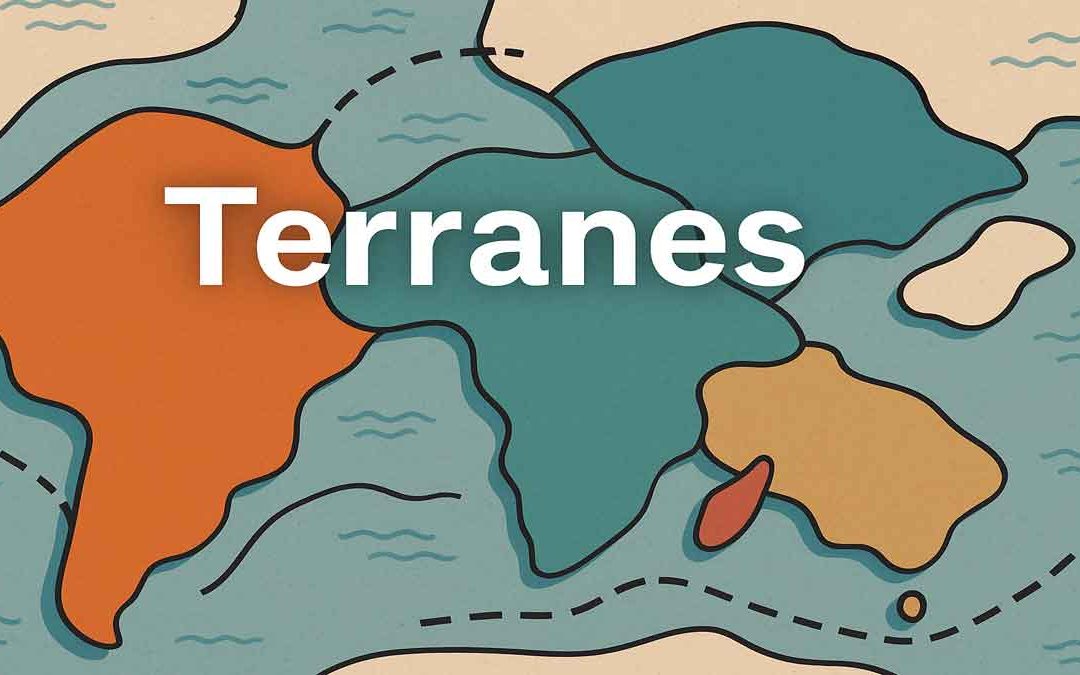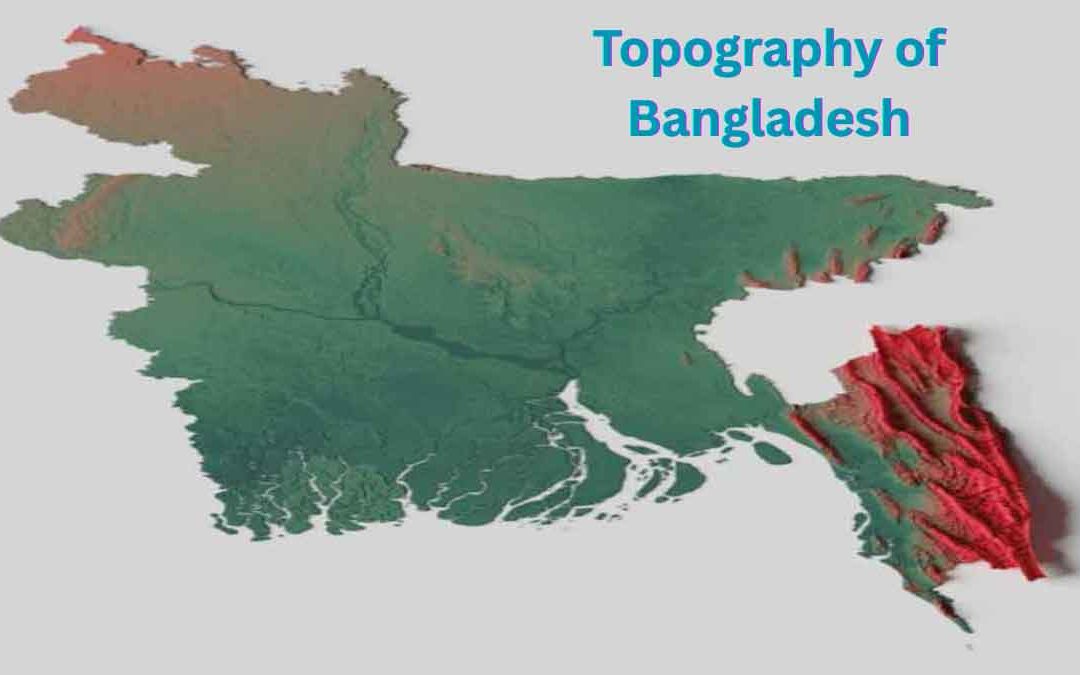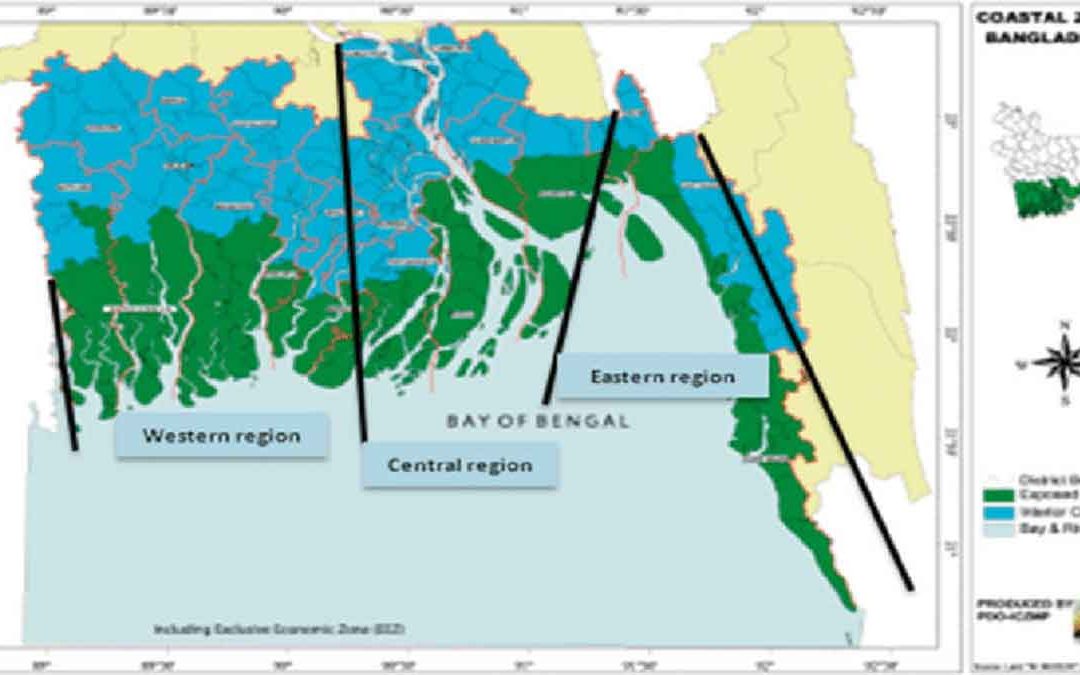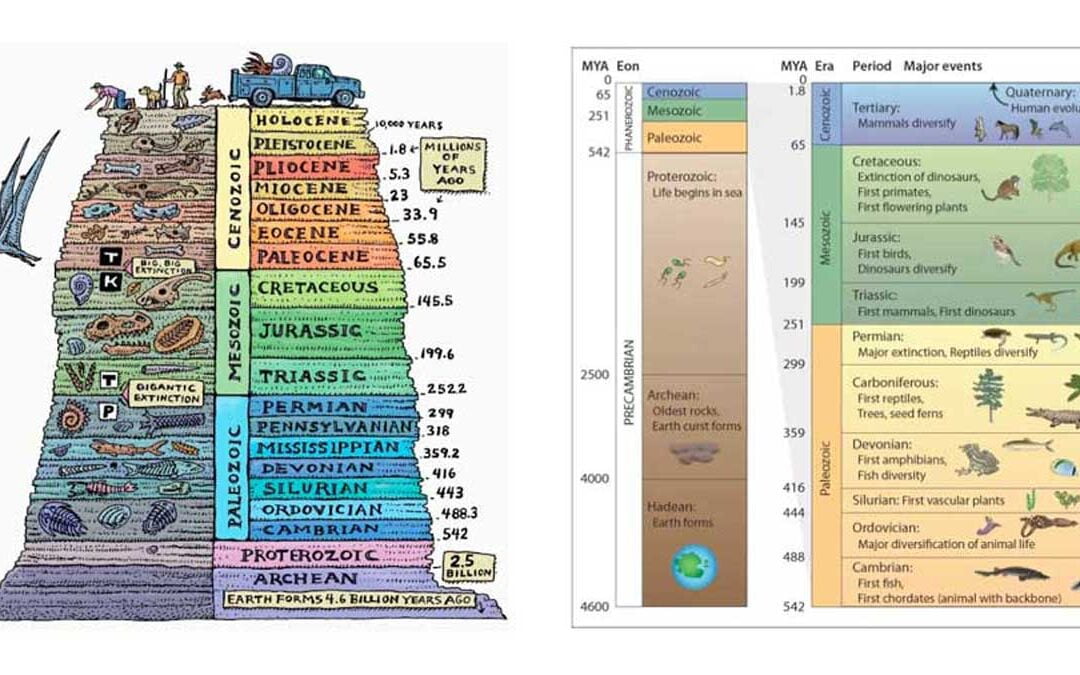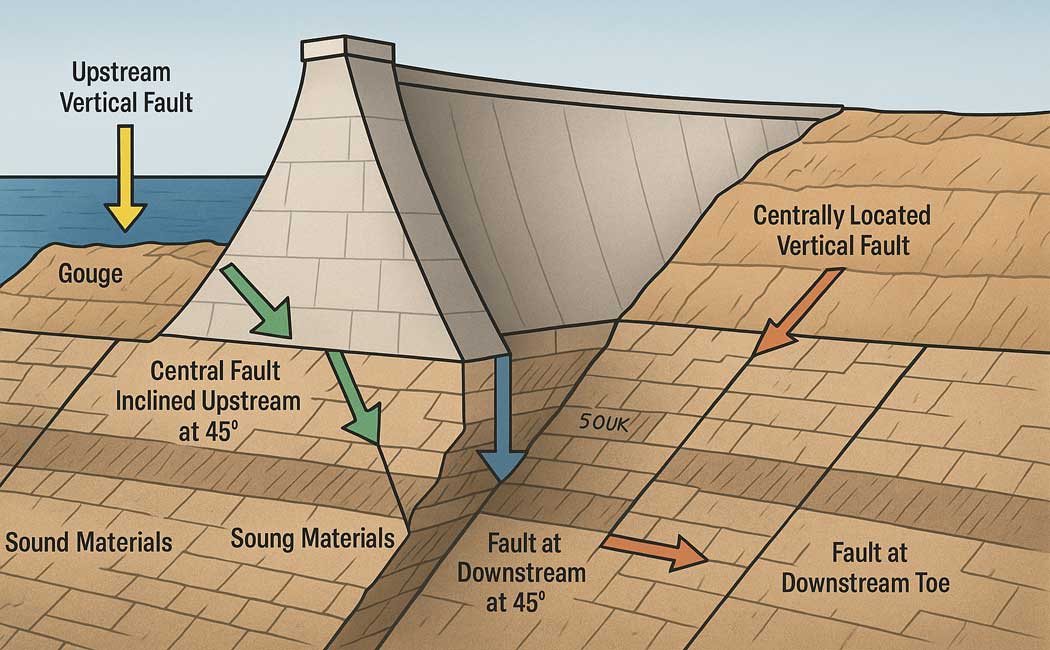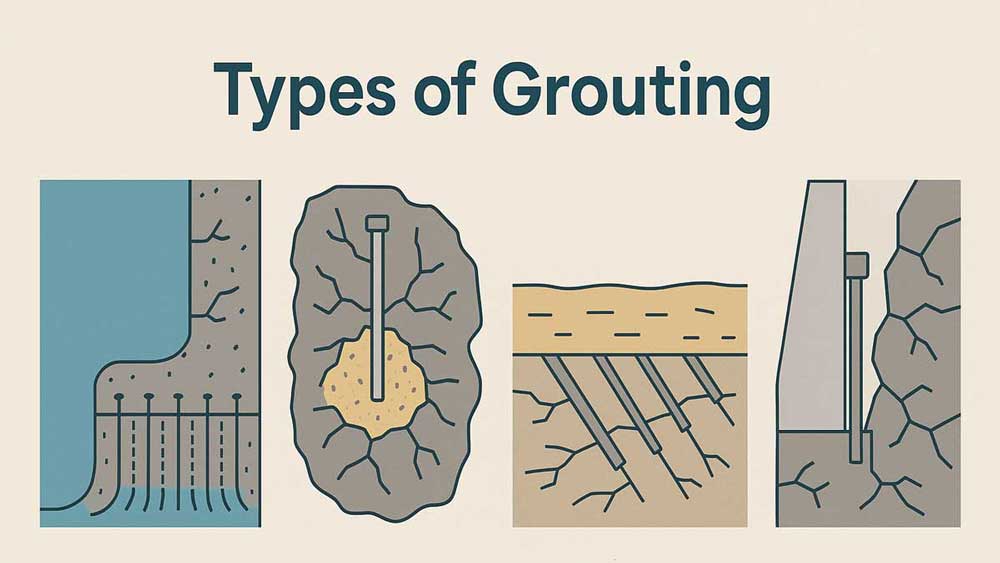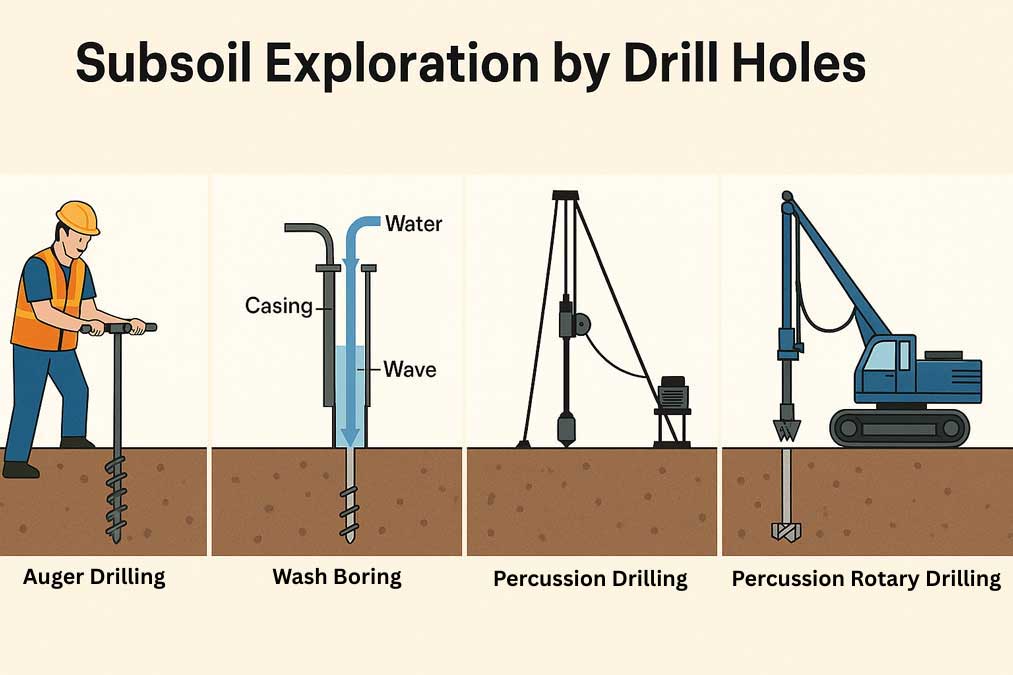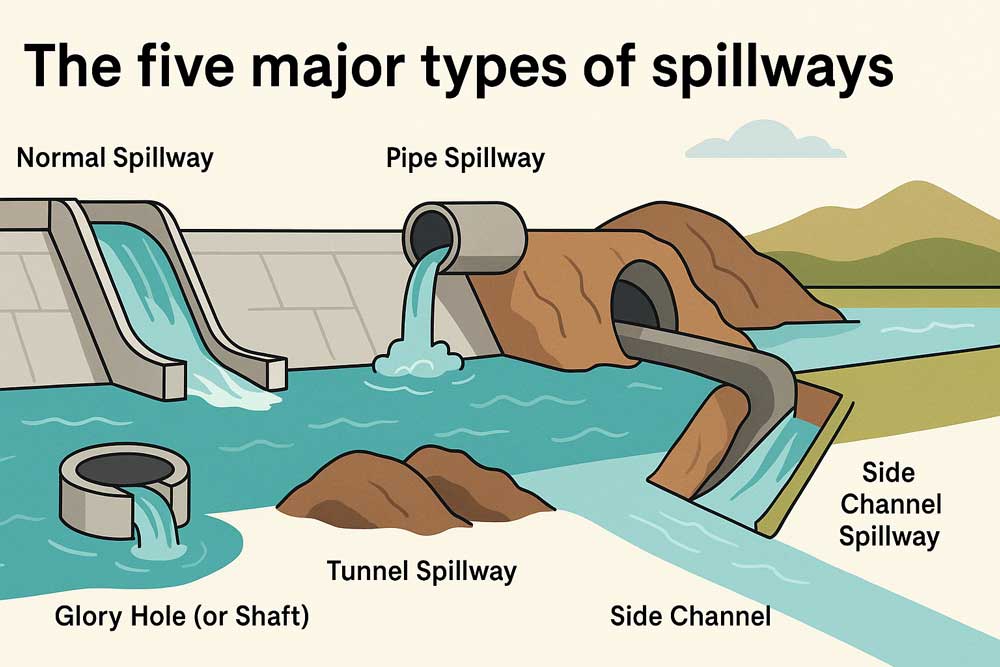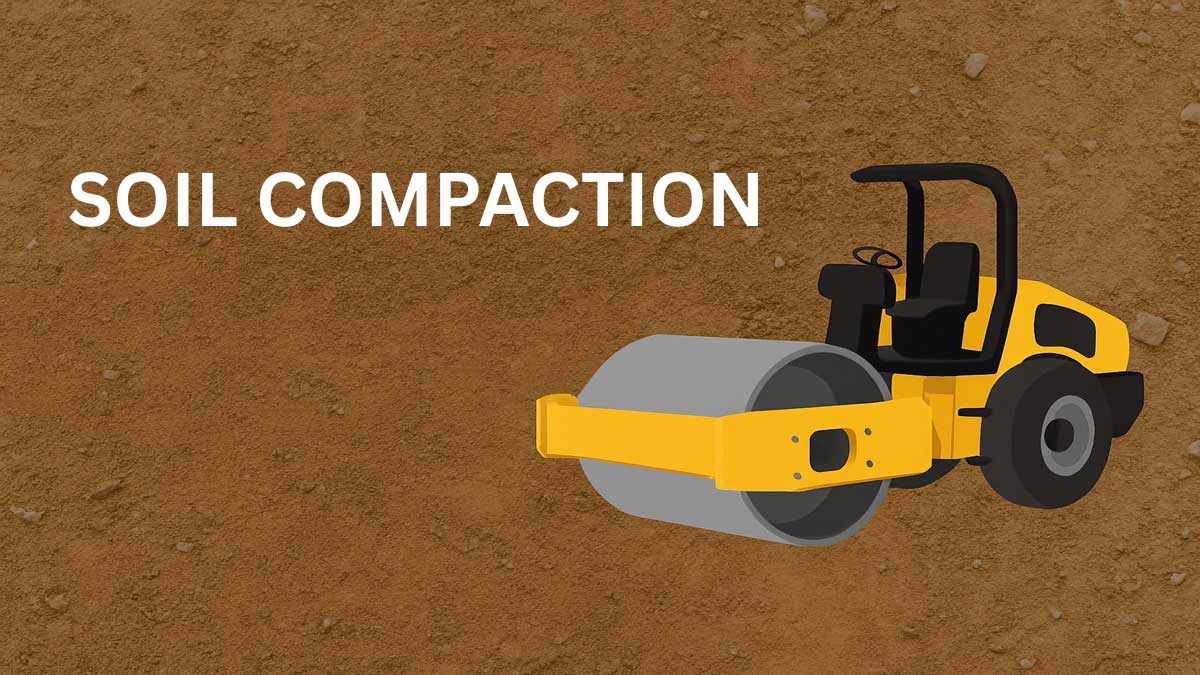
by Gelogia Team | Jun 13, 2025 | Historical Geology, Structural Geology
What Are Terranes? Terranes are fault-bounded crustal blocks that have distinct lithologic and stratigraphic successions and geologic histories different from those of neighboring terranes (Schermer et al., 1984). Most terranes have collided with continental...

by Gelogia Team | Apr 26, 2025 | Historical Geology
Sea level has never been constant throughout Earth’s history. It has risen and fallen over geological time due to various natural processes. This blog explores the cyclic patterns of sea level fluctuations in the geologic past, the role of oxygen isotopes, and the...

by Gelogia Team | Apr 24, 2025 | Historical Geology
Bangladesh, a South-East Asian country, is located at the lowermost reaches of the Bengal Basin. The Quaternary sediments (began about 2 million years ago and extend to the present), deposited mainly by the mighty rivers—the Ganges, Brahmaputra, and Meghna—cover about...

by Gelogia Team | Mar 1, 2025 | Historical Geology
The Cenozoic succession of Bangladesh has been differentiated into a number of biostratigraphic units, viz., assemblage zone based on first assemblage demarcation (FAD) line, last assemblage demarcation (LAD) line, acme, and ranges of various marker palynotaxa in the...

by Gelogia Team | Feb 28, 2025 | Historical Geology
Depending on the geomorphological features, the coastal region of Bangladesh can broadly be divided into the following three regions: The Eastern Region: The eastern coastline of Bangladesh, from the big Feni River to Badar Mokam (the southern tip of the mainland)...

by Gelogia | Sep 27, 2024 | Historical Geology
What is the Geological Time Scale? The geological time scale is a system geologists use to subdivide the great span of time since the origin of the Earth. In other words, when the duration (time range) of the division in the geological column is given in terms of...